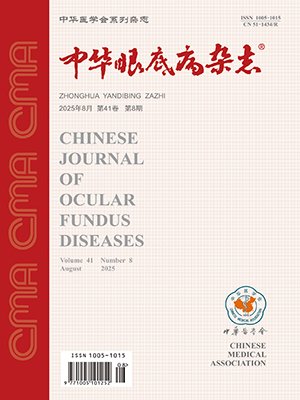Purpose Photoreceptor cells transplantation was used to determine the localization of the amino acid neurotransmitters ( gamma;-aminobutyrate,GABA) in royal college of surgeons rat (RCS rat)'s retina. Methods The healthy Wistar ratsphotorec eptor cells were grafted into the subretinal space of the left eye of the RCS rat by outer path way. Two weeks later,host animals were sacrificed. Both sides of eyes were processed for light microscopic analysis. So did the 74 days Wis tar rats and 74 days RCS rats.Then the method of immunocytochemistry was used to determine the localization of the amino acid neurotransmitters GABA.We gauge the quantity of the amacrine cells and the optical density of inner plexiform layer (IPL) and ganglion cell layer (GCL) of the four groups.ANOVA test were complied to determine significant difference between them. Results After two weeks of transplantation, the transplanted photor eceptor cells survived and the outer plexiform layer was rebuilt .There are significant differences (P lt;0.001) in the level of the GABA immunoreactivity (IR) within the IPL between the grafted RCS rats eyes and the ungrafted RCS rats eyes. There are differences (ANOVA, P lt;0 .05) of the quantity of the GABAenergetic amacrine cells among the grafted RCS rats eyes, the ungrafted RCS rats eyes and the Wistar rats. But there was no difference of the quantity of the GABAenergetic amacrine cell s among the grafted RCS rats retina. Conclusio These results suggest that the level of GABA neurotr ansmitters in the reconstructed retina is almost normal, which indicate the func tion of the morbid retina may be resumed by transplanting the photor eceptor cells. (Chin J Ocul Fundus Dis, 2001,17:128-131)
Citation: PAN Feng,WANG Wei,SHEN Li,et al. Observation the distribution of γ-aminobutyric acid of the reconstructed RCS rat’s retina after transplanting pure photoreceptor cells. Chinese Journal of Ocular Fundus Diseases, 2001, 17(2): 128-131. doi: Copy
Copyright © the editorial department of Chinese Journal of Ocular Fundus Diseases of West China Medical Publisher. All rights reserved




